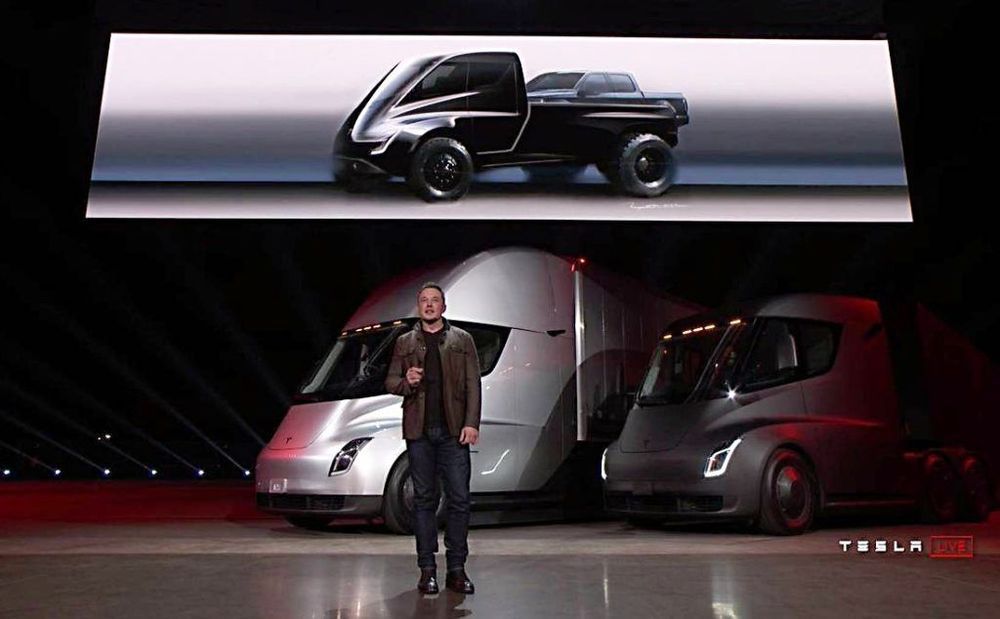Many purposes underlie all the genetic projects of our day. Are you aware of them?


David Opateyibo was 17 years old when he built Nigeria’s first locally-made drone in Lagos.
Opateyibo led a team of Lagos State Polytechnic students to produce the country’s first prototype of a drone, which authorities in Lagos hope to deploy for security surveillance.
The drone project is part of the training curriculum in the University with the aim of developing technology that will be at par with the rest of the world whilst empowering young people and providing job opportunities.
“What foundational values need to be in place for an ethical utilitronium shockwave?”
What foundational values need to be in place for an ethical utilitronium shockwave?
We discuss:
- (following on from a previous video) more on Nozick’s experience machines (see https://www.youtube.com/watch?v=CxBvNbuYud0).
- given that in each age there has been different conceptions of utopia, what would utopia be for a post-human superintelligence?
- classical utilitarian vs negative utilitarian approaches to the long term good of life in the universe.
- whether a perfect decision theory would be equal to negative utilitarianism.
- how much attention should we give to preferences in improving well-being beyond eliminating suffering?
- if one does believe in the objectivity of value should we be concerned about being damned in a local maximum of well-being?
- what is God’s utility function?
https://youtu.be/0uKNVVVdqrI #ethics #utilitarianism #futurology
Filmed inside the Melbourne Museum in Victoria, Australia.
David Pearce is interested in the use of biotechnology to abolish suffering throughout the living world: http://abolitionist.com

Each one weighs about 20 pounds (or nine kilograms), is powered by 12 electrical motors, and can reach speeds of around six miles per hour (or 2.5 meters per second). As you can see in the video, they’re all being steered manually using what look like RC controllers.
Speaking to IEEE Spectrum earlier this year, Sangbae Kim, director of MIT’s biomimetics lab, said the bots are being used to research various problems that require a bit of ruggedness and flexibility. Their modular design lets scientists swap in new parts if they break, and their tough build can survive crashes and bangs.
“Mini Cheetah is just about the perfect size. Twenty pounds (9 kilograms) is not too small but not so big that it’s dangerous or fragile,” said Sangbae. “We designed the machine to be able to absorb the impacts, jumping and landing and so on.”

Three Square Market was a test case, the first company in the US to offer implants to employees on a public stage. But the highly charged reaction, which linked the devices not only to pernicious surveillance but to a vision of tech-apocalypse, raised a question that Österlund is still grappling with: is the world ready for technology to get under the skin?
As implants grow more common, experts fear surveillance and exploitation of workers. Advocates say the concerns are irrational.

Elon Musk has revealed the official launch date for Tesla’s “Cyberpunk” Pickup Truck. According to the CEO, the upcoming vehicle would be released on November 21, 2019 at the SpaceX rocket factory in Hawthorne, CA.
Musk’s update formally ends a period of speculations that have long swept the electric car community with regards to the unveiling of the Tesla Pickup Truck. The CEO, after all, has praised the vehicle as one of his personal favorites. Yet, despite this, Tesla has been able to keep details of the Cybertruck secret, with zero sightings or spy shots of the vehicle to date.

ROCHESTER, Minn. — A Mayo Clinic study finds that applying artificial intelligence (AI) to a widely available, inexpensive test – the electrocardiogram (EKG) – results in a simple, affordable early indicator of asymptomatic left ventricular dysfunction, which is a precursor to heart failure. The research team found that the AI/EKG test accuracy compares favorably with other common screening tests, such as mammography for breast cancer. The findings were published in Nature Medicine.
Asymptomatic left ventricular dysfunction is characterized by the presence of a weak heart pump with a risk of overt heart failure. It affects 7 million Americans, and is associated with reduced quality of life and longevity. But asymptomatic left ventricular dysfunction is treatable when identified.
UPS Flight Forward recently was awarded their Part 135 certification from the Federal Aviation Administration, which allows them to make deliveries by drone throughout the U.S. This week, UPS in partnership with CVS made their first residential delivery by drone by dropping off prescription drugs from a CVS pharmacy directly to a consumer’s home.

A group of scientists led by Artem Oganov of Skoltech and the Moscow Institute of Physics and Technology, and Ivan Troyan of the Institute of Crystallography of RAS has succeeded in synthesizing thorium decahydride (ThH10), a new superconducting material with the very high critical temperature of 161 kelvins. The results of their study, supported by a Russian Science Foundation grant, were published in the journal Materials Today on November 6, 2019.
A truly remarkable property of quantum materials, superconductivity is the complete loss of electrical resistance under quite specific, and sometimes very harsh, conditions. Despite the tremendous potential for quantum computers and high-sensitivity detectors, the application of superconductors is hindered by the fact that their valuable properties typically manifest themselves at very low temperatures or extremely high pressures.
Until recently, the list of superconductors was topped by a mercury-containing cuprate, which becomes superconducting at 135 kelvins, or −138 degrees Celsius. This year, lanthanum decahydride, LaH10, set a new record of −13 C, which is very close to room temperature. Unfortunately, that superconductor requires pressures approaching 2 million atmospheres, which can hardly be maintained in real-life applications. Scientists, therefore, continue their quest for a superconductor that retains its properties at standard conditions.